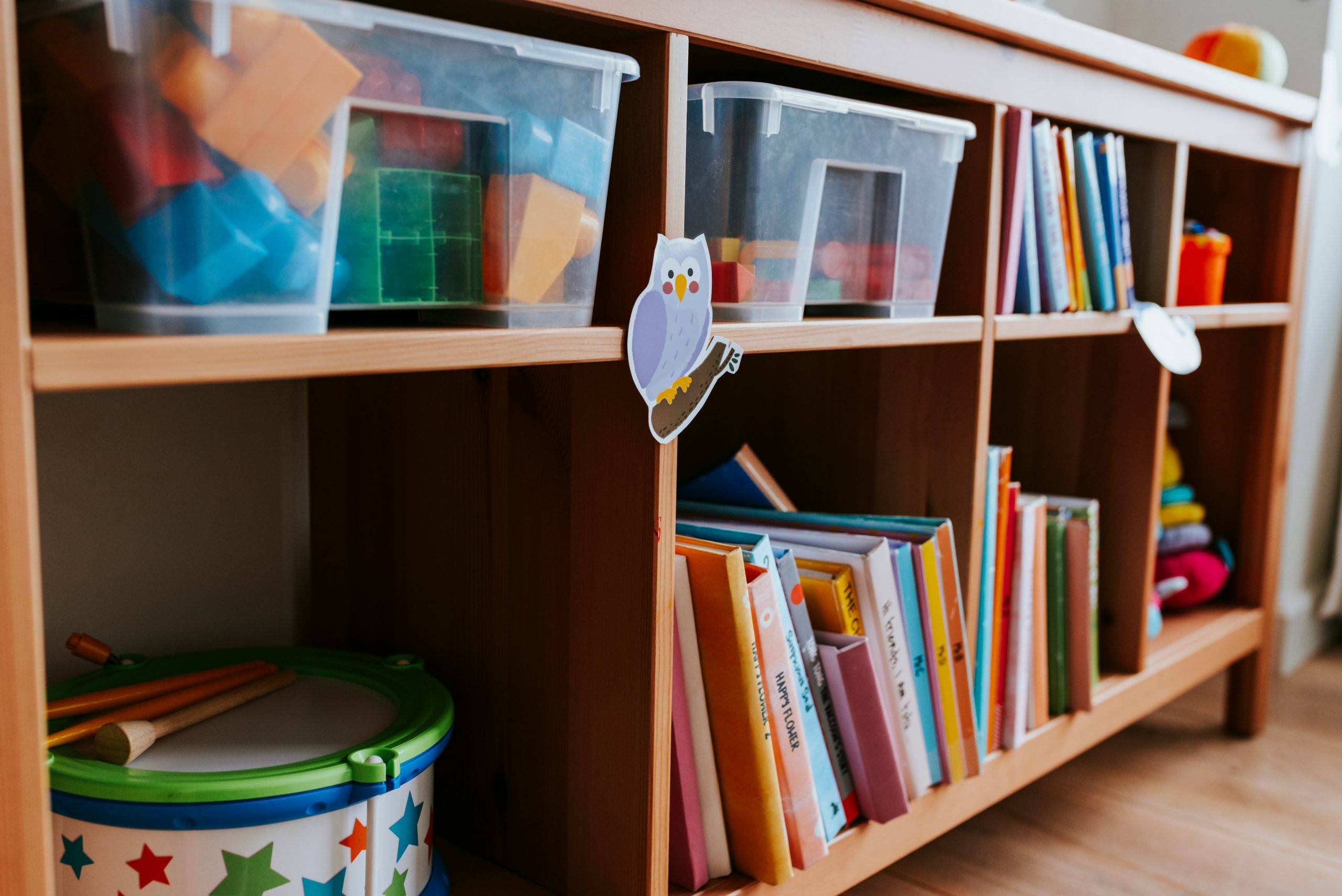
Creating a home library is more than just storing books—it involves designing a space that reflects your love for literature, creating order, and making each title accessible. Whether your collection includes hundreds of novels, various travel guides, or beloved childhood stories, organizing your home library brings functionality and charm to your space. To help you achieve the perfect blend of structure and personal style, here are some practical tips for organizing your home library easily and enjoyably.
Sorting by Category: Finding the Right System
The first step in organizing your library is determining a classification system that suits your needs. Some people prefer to organize by genre, placing all mystery novels together, historical nonfiction in another section, and cookbooks in their area. This approach helps create a sense of coherence within your collection, making it easy to find books that suit your current reading mood. If your library is diverse, categorizing by genre can also make the space more organized and visually balanced.
For a more personal touch, consider organizing by author, especially if you have complete works or favorite writers. Placing books by the same author together creates a cohesive look and allows you to enjoy the progression of each writer’s work. Another approach is to organize by subject or theme. This option is particularly useful if your library is filled with nonfiction titles, as it makes it simpler to locate specific topics. Think about what’s most intuitive for you and start sorting accordingly.
Arranging by Color: Aesthetic Meets Function
For a visually appealing and artistic approach, consider arranging your books by color. Organizing by color can create a rainbow effect across your shelves, bringing vibrancy and character to the room. This method appeals to anyone who finds joy in a visually organized space, as it doubles as décor. A color-coded library is eye-catching and offers a unique way to appreciate your collection. It may require extra patience and creativity, but the result can be stunning.
However, the color system can be challenging if you like to locate books quickly. Consider arranging a small section of your collection by color to achieve visual appeal without compromising overall functionality. For example, you could arrange novels or hardcover coffee-table books by color on a particular shelf, leaving other sections organized by genre or author. Combining styles balances aesthetics and usability, ensuring your library is organized and visually appealing.
Using Labels and Dividers for Added Clarity
Labels and dividers can be incredibly useful for larger libraries. These tools provide clarity, especially if you have multiple organizational categories. Adding small labels to shelves or using bookends as section dividers can make navigating your collection a breeze. Labels can be created with adhesive or as simple bookmarks placed on the shelf edge, while dividers can be purchased or crafted from materials you already have. Both options make it easy to maintain your system and avoid the hassle of constantly rearranging books.
If you have children or are creating a shared library space, labels and dividers can be particularly helpful for family members with different reading interests. For example, you might label specific shelves for kids’ books, educational resources, or seasonal reads. Dividers also add a polished look to your library, giving each section a sense of purpose. With these simple additions, each category remains distinct and easy to locate, promoting a smoother reading experience for everyone.
Maximizing Space with Creative Shelf Arrangements
For those working with limited space, maximizing your shelf arrangement is essential. A popular technique is to mix horizontal and vertical stacking, which allows you to fit more books in a compact area. Stacking books horizontally saves space and adds a dynamic look to the shelf, breaking up rows of upright books. Add decorative items to these stacks for a layered, personal touch. Experiment with different arrangements to find a layout that fits your space and style.
Remember to use all available vertical space if you have very tall bookshelves. Consider adding small baskets or containers on higher shelves for magazines, small journals, or paperback books. Another option is to install adjustable shelves, allowing you to customize the height according to your collection’s needs. With strategic shelf adjustments, you can count every inch while keeping the library tidy and organized.
Regular Maintenance: Keeping Your Library Organized
Once your library is arranged, regular maintenance is essential to keep it organized. Periodically review your collection and check for books you no longer need or those that don’t fit within your chosen organization system. Donating or passing along books keeps your collection manageable and prevents overcrowding. Maintenance also allows you to rediscover forgotten titles, ensuring each book has a place in your library.
Another helpful habit is to place a small bin or shelf near your library specifically for books that need to be reshelved. This is especially useful if you pull out multiple books at once or if others in your household are browsing. By keeping this area for temporary storage, you avoid disrupting the order of your library. With occasional upkeep, your home library can stay organized and enjoyable to use for years to come.
By implementing these tips, you can design a home library that feels organized and personal. This space will reflect your passion for reading and make every book easy to find.